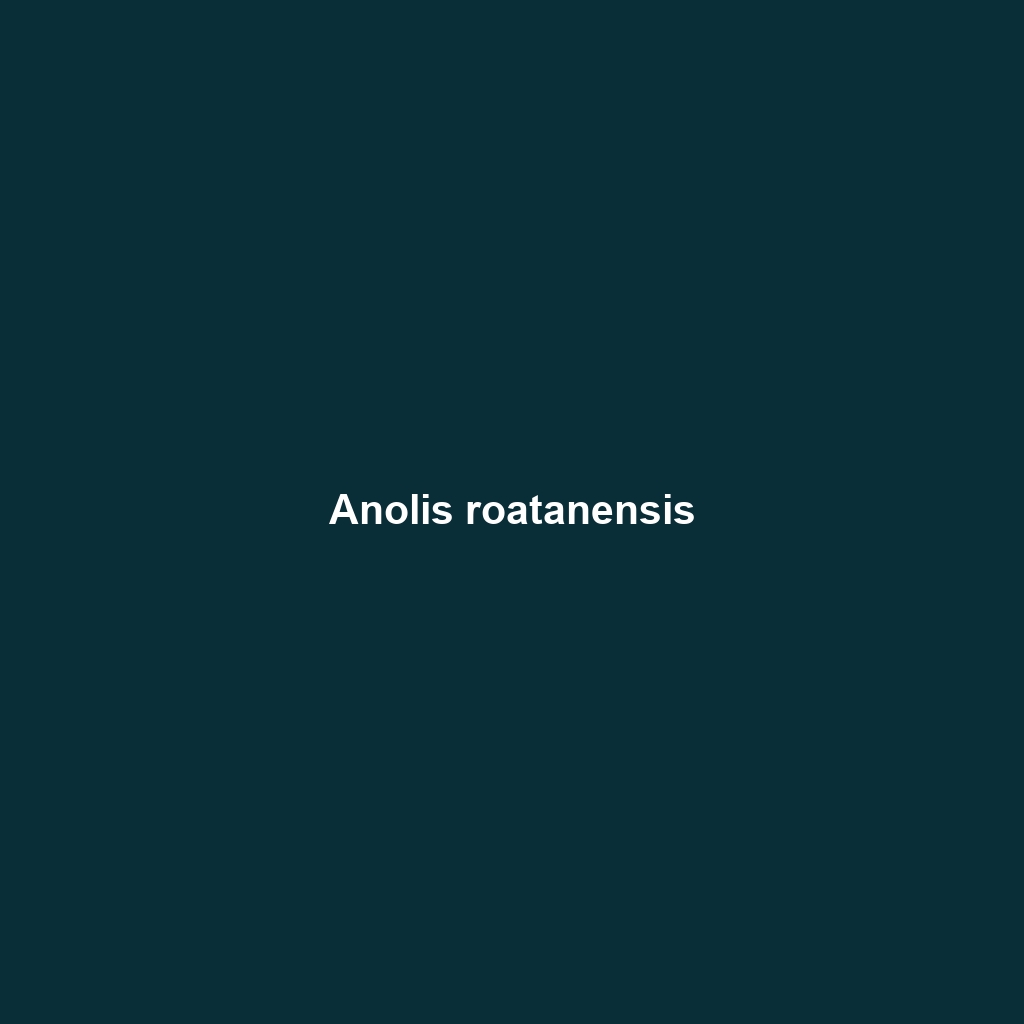Short Description: <b>Anolis roatanensis</b>, found in the tropical forests of Roatan, is a vibrant lizard species known for its arboreal lifestyle, distinct color-changing ability, and a diet primarily consisting of insects. Classified as vulnerable due to habitat loss, it plays a crucial role in controlling insect populations and maintaining biodiversity in its ecosystem.
Tag: lizard adaptation
Anolis nubilus
Discover the vibrant Anolis nubilus, or clouded anole, a dynamic lizard native to the tropical forests of Central America, known for its dazzling green coloration, agile climbing abilities, and essential role in pest control. With unique mating displays and a diurnal lifestyle, this species thrives in humid environments, contributing to the ecological balance of its habitat.
Anolis monensis
Discover the Anolis monensis, or Mona anole, a vibrant green lizard native to the tropical forests of Mona Island. With a unique diurnal lifestyle, they thrive in diverse habitats and play a crucial role in pest control while demonstrating fascinating territorial behaviors.
Anolis magnaphallus
Anolis magnaphallus, a vibrant medium-sized lizard found in the tropical forests of the Caribbean, exhibits striking coloration and a distinctive dewlap, boasting unique behaviors such as territorial displays and color-changing capabilities. Primarily insectivorous, it plays a vital role in its ecosystem while currently being classified as a species of "Least Concern" by the IUCN.
Anolis garridoi
Discover the fascinating Anolis garridoi, a slender lizard native to the tropical forests of Cuba, known for its vibrant color-changing ability and distinct bright orange dewlap. Thriving in moist, shaded habitats, this diurnal predator feeds on small insects and plays a crucial role in maintaining ecological balance.
Anolis blanquillanus
Discover the vibrant Anolis blanquillanus, a Caribbean lizard known for its striking coloration and active lifestyle. Thriving in tropical forests, this insectivorous species plays a crucial role in its ecosystem by controlling insect populations and serving as a key prey for larger predators.





